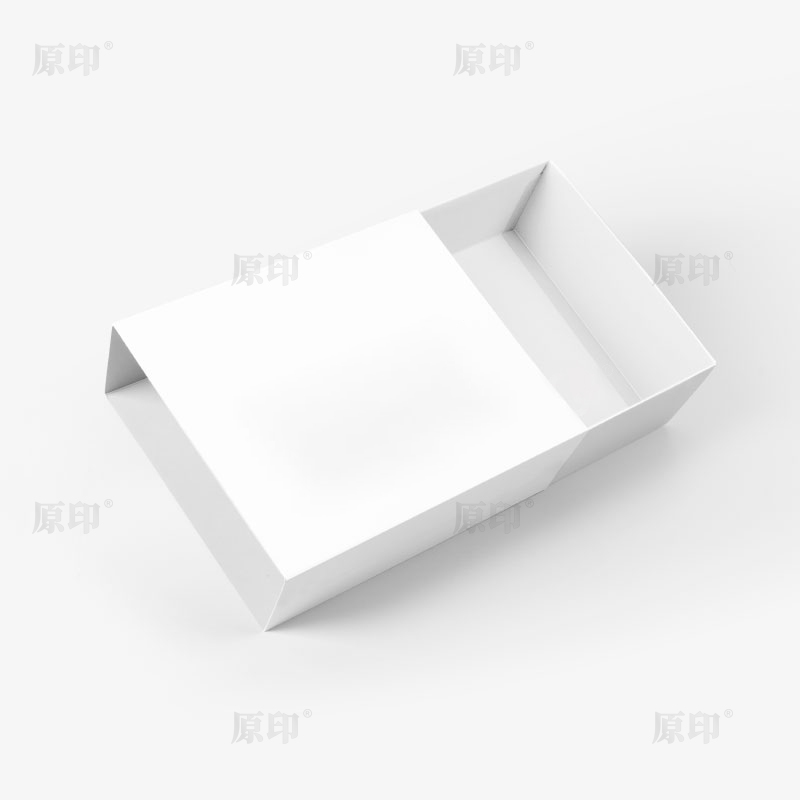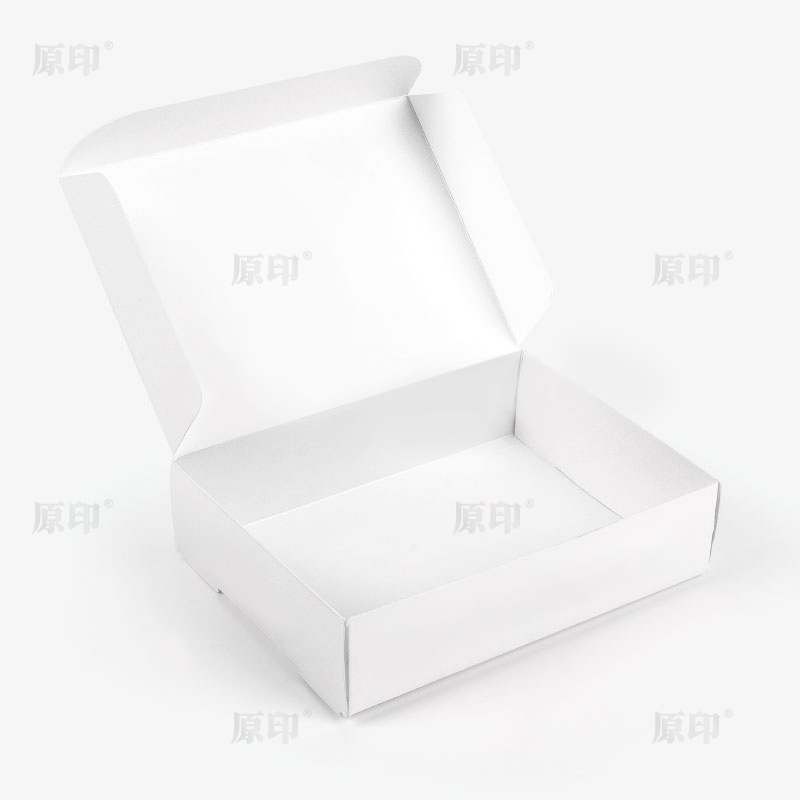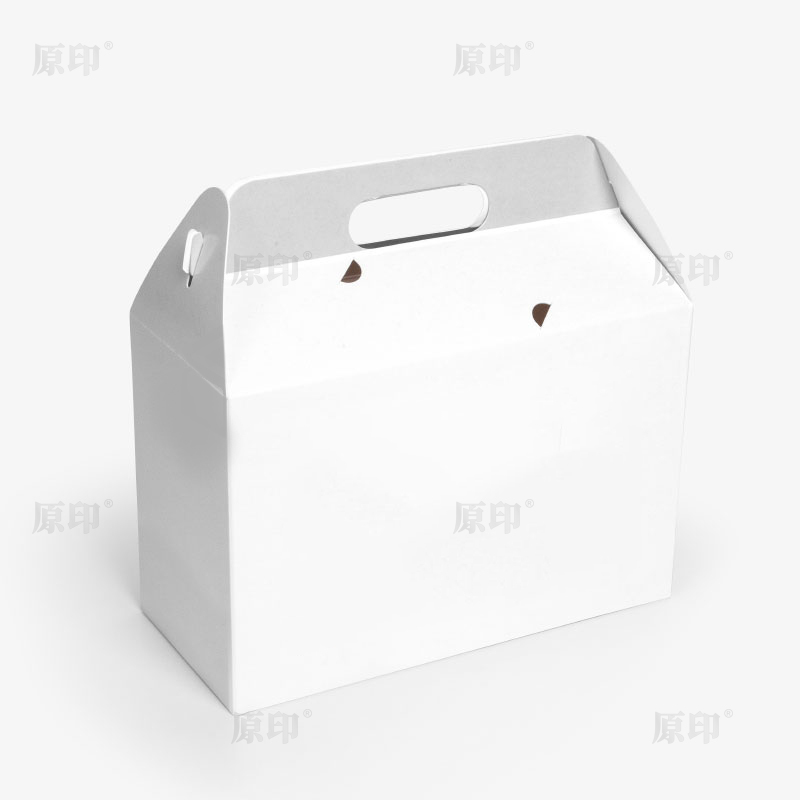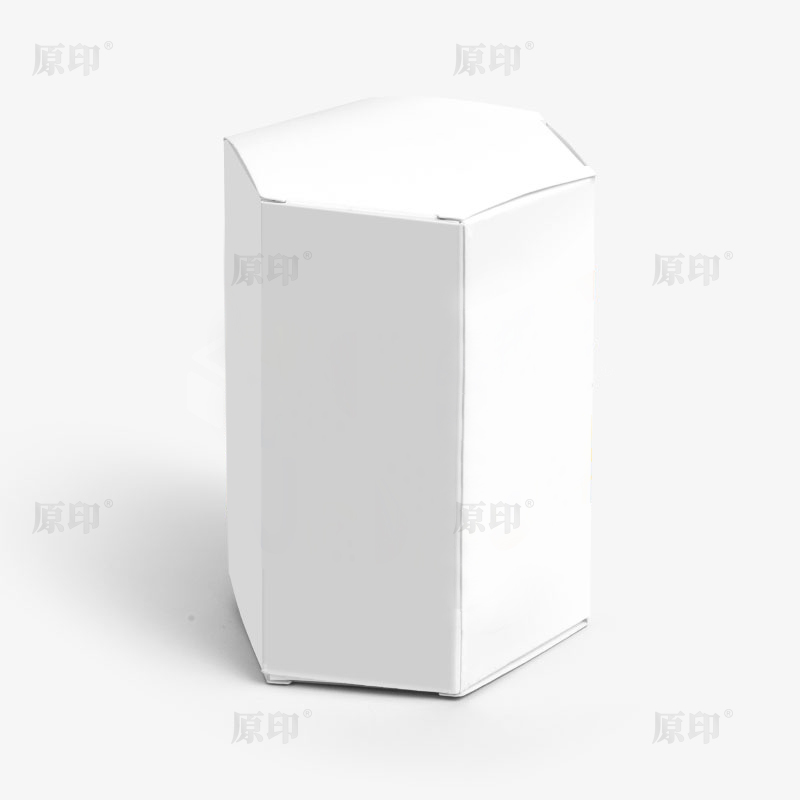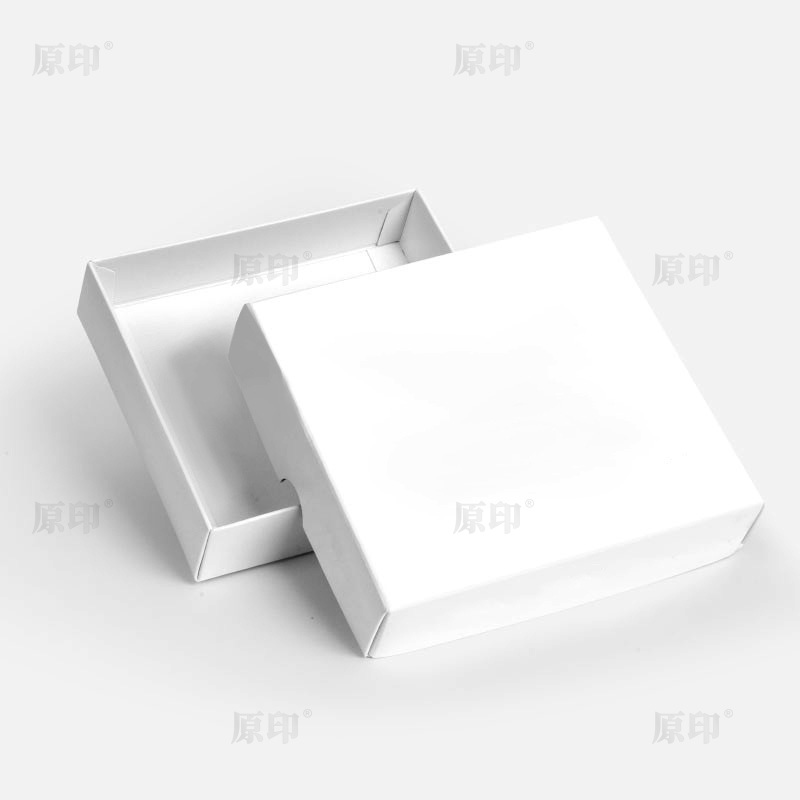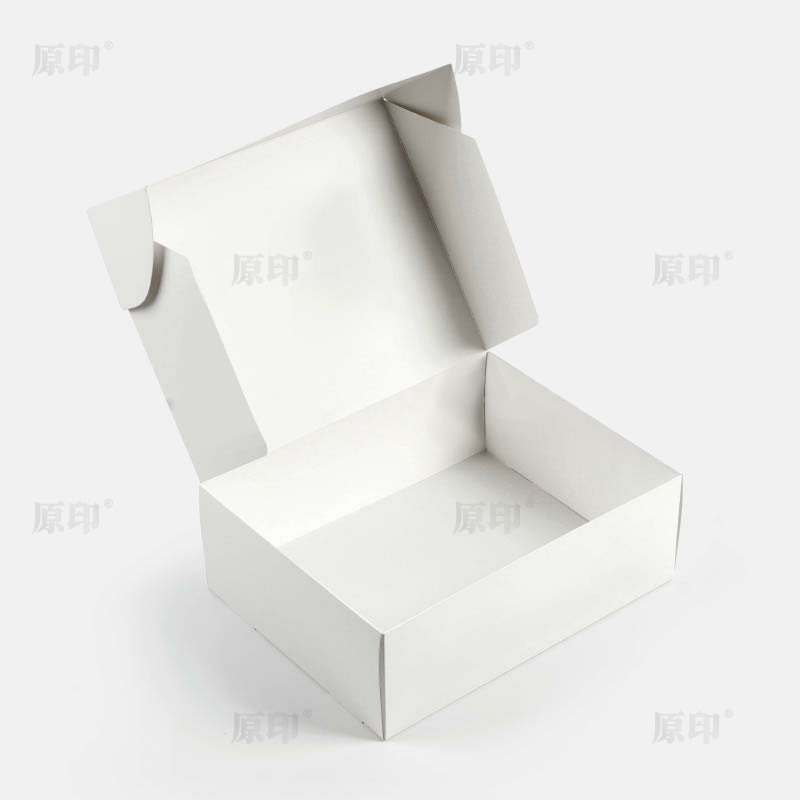Office and Printing Paper: Essential Tools for Communication and Productivity
In today’s digital age, the use of paper may seem like a thing of the past, yet office and printing paper remain indispensable tools in business operations, communication, and productivity. Whether for daily administrative tasks, reports, presentations, or creative projects, paper continues to be a vital medium for both personal and professional activities.
Despite the rapid technological advancements and the rise of digital communication, office and printing paper still holds a critical place in many sectors. Paper is a fundamental medium for written communication and documentation, which is still preferred in many legal, educational, and administrative fields.
Paper remains a reliable medium for storing official documents, contracts, and other important records. Many businesses and government organizations continue to rely on physical documents for legal and regulatory reasons. Additionally, paper offers a sense of permanence and security that digital files may lack, especially when it comes to sensitive information or documents requiring physical signatures.
While email and digital tools have revolutionized communication, paper is still an essential tool for physical correspondence, including letters, memos, reports, and printed materials for meetings. In collaborative workspaces, paper serves as a medium for brainstorming sessions, project planning, and presentations. Printed documents also offer a tangible way to communicate complex ideas, making them useful for clients, customers, and teams working on diverse projects.
The tactile nature of paper allows for creativity in ways that digital media cannot replicate. In industries such as graphic design, publishing, and photography, high-quality paper is crucial for producing prints, books, and promotional materials that stand out. Artists, designers, and advertisers use specialized paper types to bring their concepts to life, ensuring their projects achieve the desired aesthetic and professional appeal.

In educational settings, paper plays a crucial role in facilitating learning. Textbooks, workbooks, worksheets, and exam papers are central to the educational experience, and many students still prefer printed study materials to digital resources. Paper also enables more effective note-taking and memory retention, making it an essential tool for students and educators alike.
The wide variety of office and printing paper available today allows individuals and businesses to choose the right paper for each task, whether for simple printing jobs or high-quality marketing materials. Below are some of the most common types of paper used in office and printing applications:
The most commonly used paper in office environments, copy paper is typically a lightweight (20 lb) and cost-effective option designed for everyday printing and photocopying. It is often used in printers and copiers for tasks like printing emails, reports, and documents. Copy paper is available in different brightness levels, with 92 and 104 being the most popular options for standard office use.
Laser paper is specifically designed for use in laser printers, providing smooth, crisp prints and reducing the risk of paper jams. It is typically thicker and smoother than regular copy paper, ensuring that toner adheres more effectively to the surface. This type of paper is ideal for professional presentations, brochures, and high-quality printouts.
Similar to laser paper, inkjet paper is designed for use in inkjet printers. Inkjet paper is often coated to prevent ink from smudging or bleeding, providing vibrant color reproduction and sharp detail for photos and graphics. This type of paper is commonly used for printing high-quality images, flyers, and marketing materials.
Cardstock is a thicker, heavier paper commonly used for business cards, invitations, posters, and brochures. It is durable and sturdy, providing a professional look and feel to printed materials. Depending on its weight, cardstock can vary from lightweight to heavyweight, and it is available in various finishes, such as glossy, matte, and textured.
For photographers and artists, photo paper is a premium paper designed to produce high-quality prints. It comes in both glossy and matte finishes, and is coated to enhance the reproduction of colors and details in images. Photo paper is perfect for printing photographs, artwork, and other visuals that require a premium, long-lasting finish.
With increasing awareness of environmental sustainability, recycled paper has become a popular option for eco-conscious businesses and individuals. Made from post-consumer waste, recycled paper reduces the demand for virgin wood pulp and helps conserve natural resources. Modern recycled papers are available in various weights, finishes, and brightness levels, making them suitable for a wide range of office and printing needs.
Specialty paper refers to a range of paper types designed for specific uses, such as legal paper, parchment paper, or textured paper for invitations and resumes. These papers are often chosen for their distinctive appearance or texture, which can add a sense of elegance or professionalism to important documents and correspondence.
When selecting office and printing paper, several factors should be taken into account to ensure the best results for your specific application. These factors include:
Consider the purpose of the document being printed. For everyday office printing, copy paper is usually sufficient. However, for high-quality marketing materials or photos, inkjet or laser paper is a better choice. If you're creating business cards, invitations, or brochures, cardstock or specialty paper is the best option for a professional finish.
It is essential to choose paper that is compatible with the type of printer you are using. Inkjet printers, laser printers, and copiers each have their own paper specifications, and using the wrong type of paper can lead to poor print quality, paper jams, or other issues.
As sustainability becomes increasingly important, opting for recycled paper can reduce your environmental footprint. Many paper manufacturers now offer eco-friendly options that maintain the same high-quality performance as traditional paper while being made from renewable or recycled materials.
Paper weight (measured in pounds or grams per square meter) determines the thickness and sturdiness of the paper. Heavier papers like cardstock or photo paper provide a more substantial feel and are better suited for documents that need to make an impression, while lighter papers such as copy paper are more cost-effective for everyday use. Additionally, the finish of the paper—whether glossy, matte, or textured—can influence the overall look and feel of the final product.
Despite the increasing digitalization of communication and document management, the paper industry continues to innovate, with advancements in eco-friendly production processes and new paper technologies. Biodegradable, recyclable, and sustainably sourced papers are becoming more widely available, helping to reduce the environmental impact of paper consumption. As businesses and consumers alike prioritize sustainability, paper manufacturers are finding new ways to minimize waste, reduce energy consumption, and produce higher-quality, more environmentally responsible paper products.

